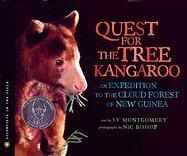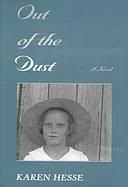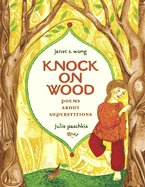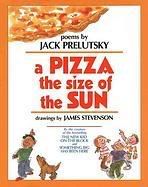Freedman, Russell. 2004. THE VOICE THAT CHALLENGED A NATION: MARIAN ANDERSON AND THE STRUGGLE FOR EQUAL RIGHTS. New York: Houghton Mifflin Company. ISBN 0-618-15976-2

(2) Plot Summary
Marian Anderson rose from poverty to become one of the greatest singers in the world. Despite the fact that she had sang in the major capitals of Europe, performed for Kings and Queens as well as for President and Mrs. Roosevelt at the White House; she denied the opportunity to perform at Constitutional Hall. The hall owners, the Daughters of the American Revolution, had a ban on black artist and they refused to reserve their stance. Outraged her supporters organized a free concert on the step of the Lincoln Memorial
(3) Critical Analysis
Freedman meticulously documents and cites all of his sources. This biography is beautifully organized and well written. The sequence of information is clear and concise. Black and white photographs are incorporated. Pages 66 and 67 display the Lincoln Memorial performance; these images convey what no words can describe. The following text found on page 1 summarizes the spirit of the book:
“Lord I got a right,
Lord I got a right,
Lord I got a right,
I got a right to the tree of life.”
(4) Review Excerpt(s)
Voice of Youth Advocates: “Freedman creates a masterful biography of Marian Anderson.”
Publishers Weekly: “…most poignant is Freedman's re-creation of Anderson's 1939 performance before 75,000 fans at the Lincoln Memorial, a concert precipitated by the DAR's refusal to allow a black singer to appear at its Constitutional Hall…”
(5) Connections
* Visit the official website:
The Marian Anderson Historical Society
(http://www.mariananderson.org)
* Search for video on YouTube
“Deep River”
http://www.youtube.com/watch?v=ktz6WAKCR3g
“Ave Maria”
http://www.youtube.com/watch?v=TR95d7yP2Ig&feature=related
“"My Country, 'Tis of Thee"
http://www.youtube.com/watch?v=wQnzb0Jj074





